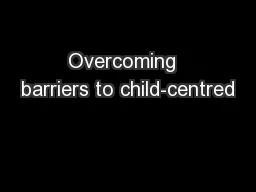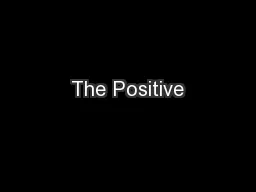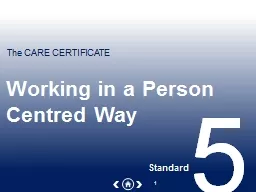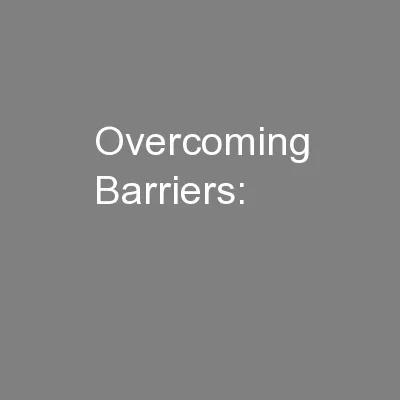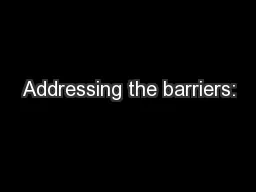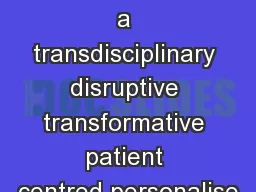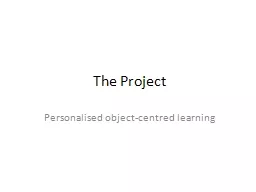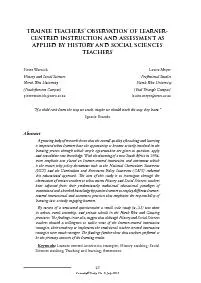PPT-Overcoming barriers to child-centred
Author : myesha-ticknor | Published Date : 2018-09-19
practice Vivienne Barnes 21318 Insideroutsider view 1 Background to childcentred practice Childcentred practice the context Perspectives on children and childhood
Presentation Embed Code
Download Presentation
Download Presentation The PPT/PDF document "Overcoming barriers to child-centred" is the property of its rightful owner. Permission is granted to download and print the materials on this website for personal, non-commercial use only, and to display it on your personal computer provided you do not modify the materials and that you retain all copyright notices contained in the materials. By downloading content from our website, you accept the terms of this agreement.
Overcoming barriers to child-centred: Transcript
Download Rules Of Document
"Overcoming barriers to child-centred"The content belongs to its owner. You may download and print it for personal use, without modification, and keep all copyright notices. By downloading, you agree to these terms.
Related Documents

